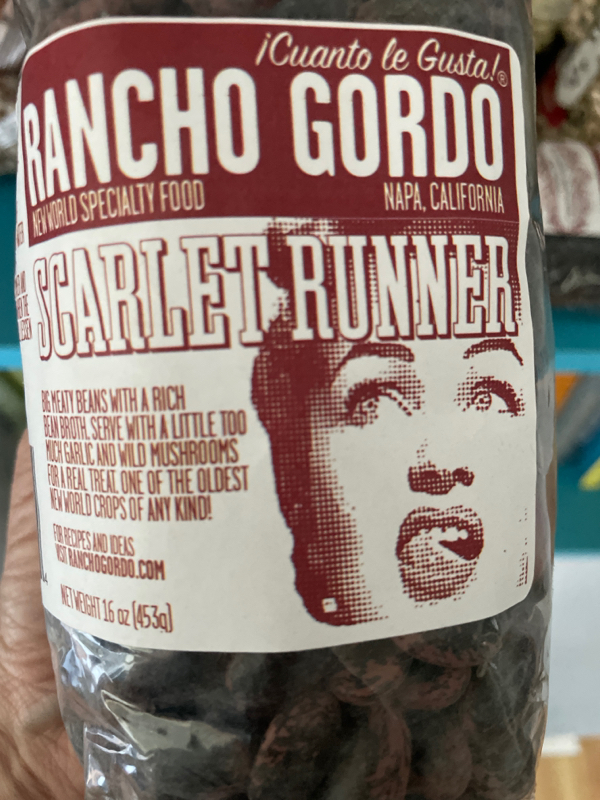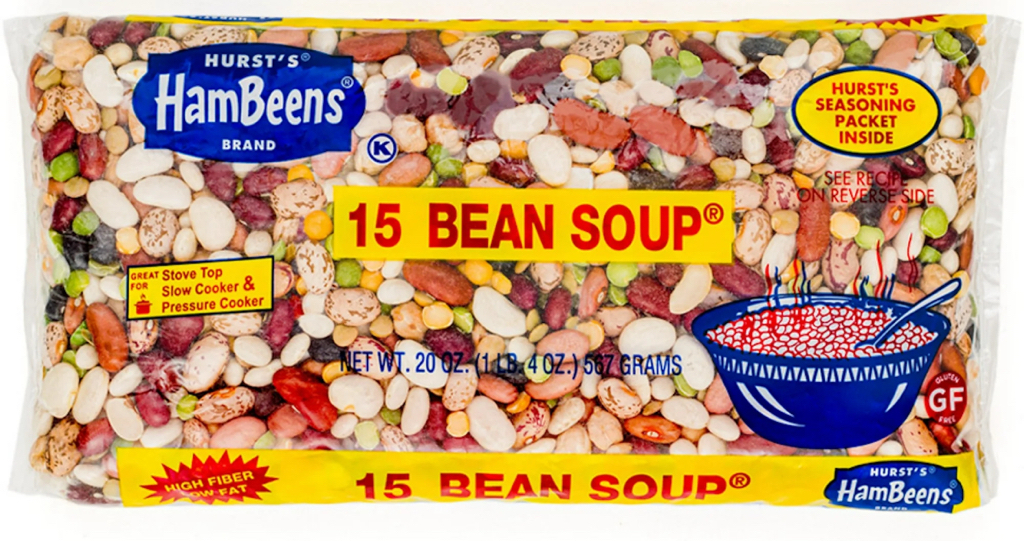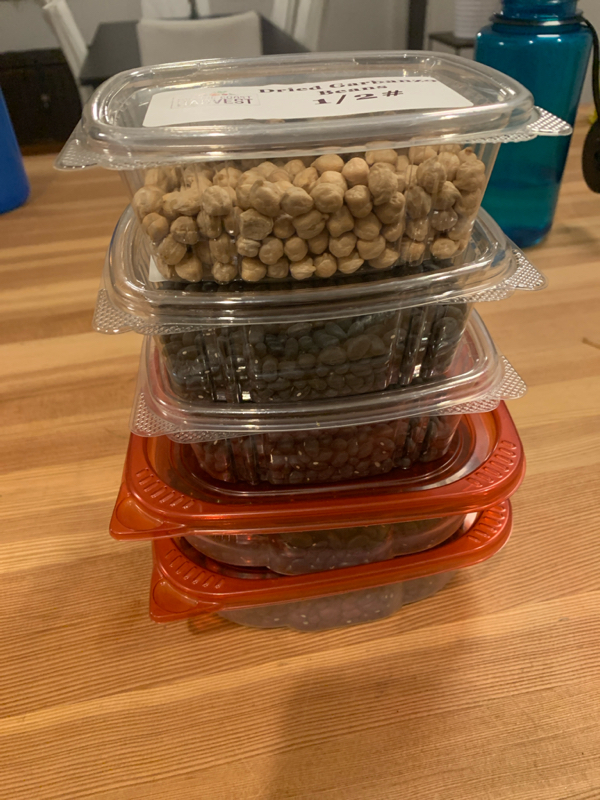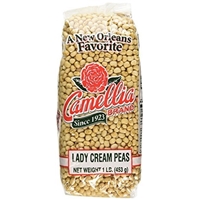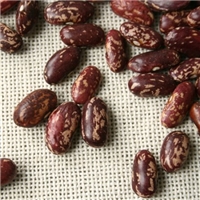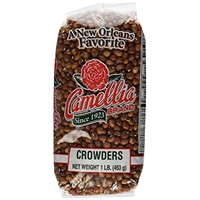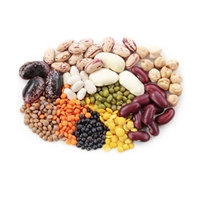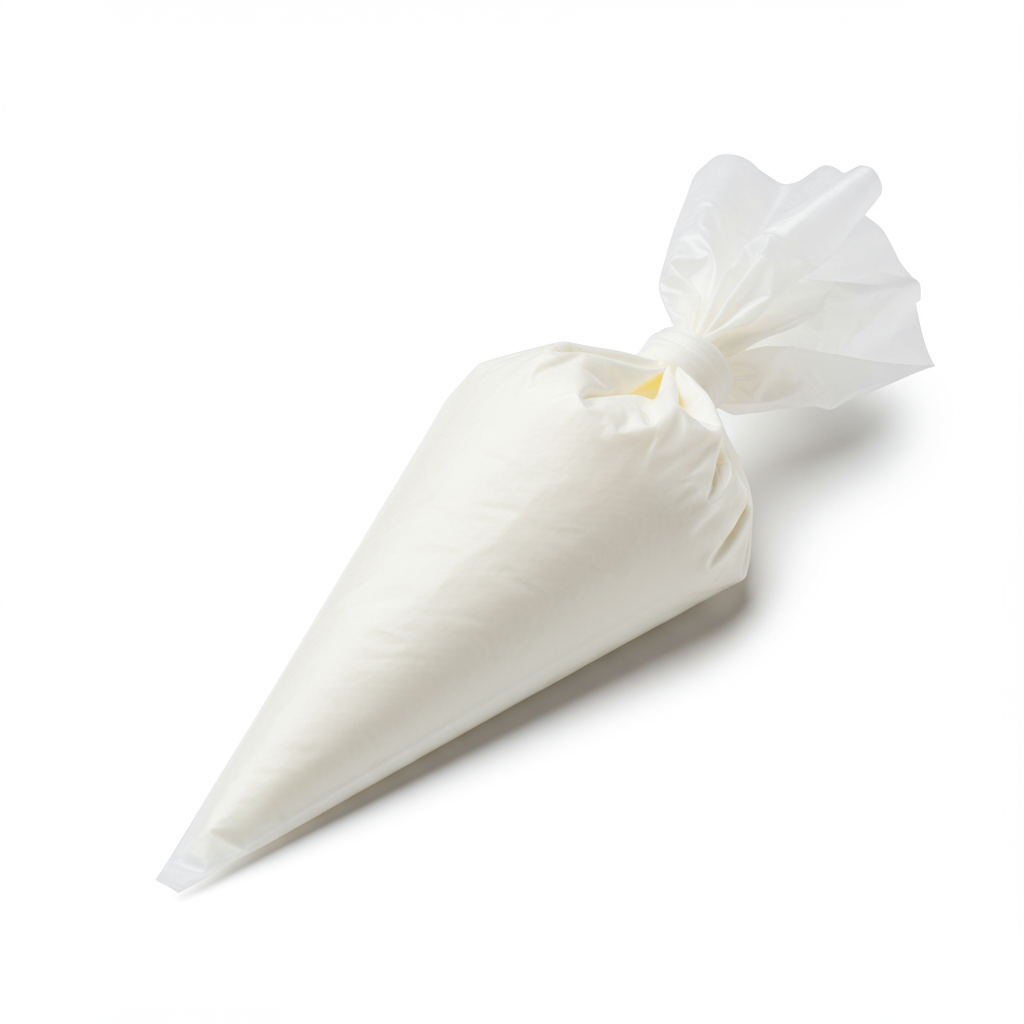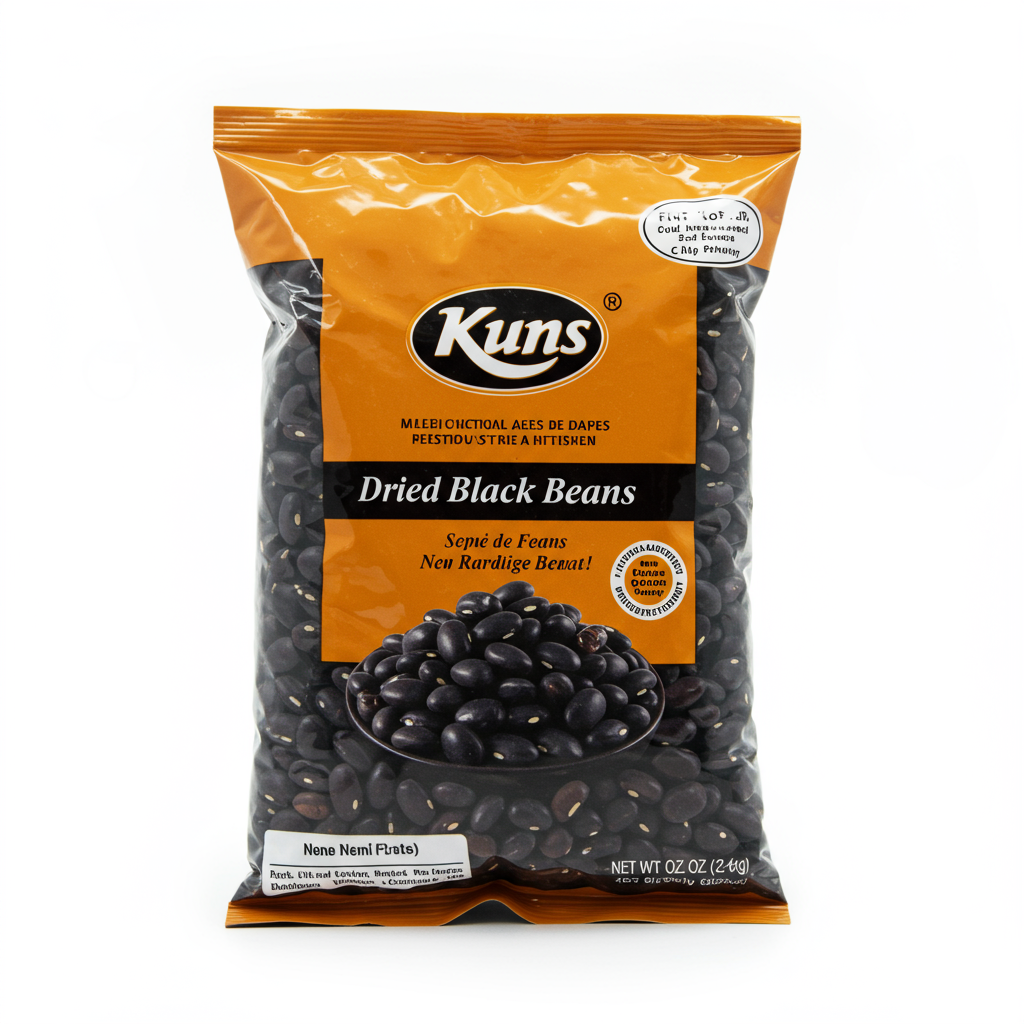MAIN DISHES
SOUPS
SALADS
Dried Beans
Dried beans, a staple food in many cuisines, are legumes that have been dried for preservation and are sourced from various bean species. Notably high in protein, fiber, vitamins, and minerals, dry beans play a significant role in plant-based diets and are revered for their versatility, long shelf life, and affordability. Some common varieties include kidney, black, pinto, navy, and cannellini beans.
To prepare dry beans, they must be soaked, either using the long soak or quick soak method, to rehydrate and soften them before cooking. Once rehydrated, cooked beans can be used in an array of dishes, such as soups, stews, salads, and bean-based spreads like hummus.
84%
CARBS
4%
FAT
12%
PROTEIN
62 Dried Beans Products
Scarlet Runner Dry Beans
Dried Bean Mix
Dried Beans
Cicerchia Dried Beans
Camellia Brand Lady Cream Peas - Dry Bean, 1 Pound Bag By Camellia
Tongues of Fire Dried Beans
Camellia Brand Field Peas - Dry Bean, 1 Pound Bag By Camellia
Camellia Brand Crowder Peas - Dry Bean, 1 Pound Bag
Great Value Dry Beans
Dry Beans
Dried Beans Are Frequently Used With
Dried Beans FAQ
One of the biggest challenges people face when cooking with dry beans is the soaking and cooking time which can be quite long. This often leads to beans that are either partially cooked and hard or overcooked and mushy. Also, some people are worried about gas and bloating caused by the consumption of beans. Getting the most out of the ingredient involves knowing the right soaking and cooking methods for the specific bean type. Remember, smaller beans generally require less soaking time than larger ones. Using the right amount of water for soaking and cooking is crucial as it affects the texture of the beans. Before cooking, discard the soaking water to reduce bean-related digestive issues. Additionally, pairing beans with grain can provide a complete protein source, making it highly beneficial for vegetarians and vegans.
What is the best method to soak dry beans?
Why should I discard the soaking water before cooking beans?
Can I cook dry beans without soaking?
Why are my cooked beans still hard?
Why are my beans mushy after cooking?
Are canned beans as nutritious as dry beans?
Can I use dry beans in a slow cooker?
How much cooked beans does a cup of dry beans yield?
Are dry beans and pulses the same?
Should I add salt when cooking dry beans?
Expiration & Storage Tips
When does dry beans expire?
Dry beans, if properly stored, have quite a lengthy shelf life. In general, unopened packages can last for about 2-3 years, and sometimes longer than the printed date on the package. Once opened, if stored in an airtight, cool, dark environment, they can last up to a year or more. If you choose to freeze your dried beans (although it's not necessary), they can last indefinitely.
How do you tell if dry beans is bad?
It's relatively simple to tell if your dry beans have gone bad: usually, they'll give off a strange smell that could be described as sour or rancid. Additionally, if you notice any signs of insects, or any visible mold or discoloration, it's safest to throw them away. If dry beans take an extremely long time to cook or never become soft, they might be too old and should be discarded.
Tips for storing dry beans to extend shelf life
• Store dry beans in an airtight container in a cool, dark, and dry place. The pantry is an excellent choice.
• Make sure to keep beans away from strong odors, as they can absorb them over time.
• If you want to store opened beans for even longer, consider freezing them. Although it's not usually necessary, you can store them in a Ziplock bag or airtight container in the freezer.
• After soaking and cooking, leftover beans can be stored in their cooking liquid in a covered container in the refrigerator for up to 5 days, or frozen for up to 3 months.
• Rotating your dry bean stock can help ensure you're always using the freshest beans. Use the oldest beans first to keep your stock fresh.
EXPIRES WITHIN
19 - 29
MONTHS
Equivalents
Substitutes
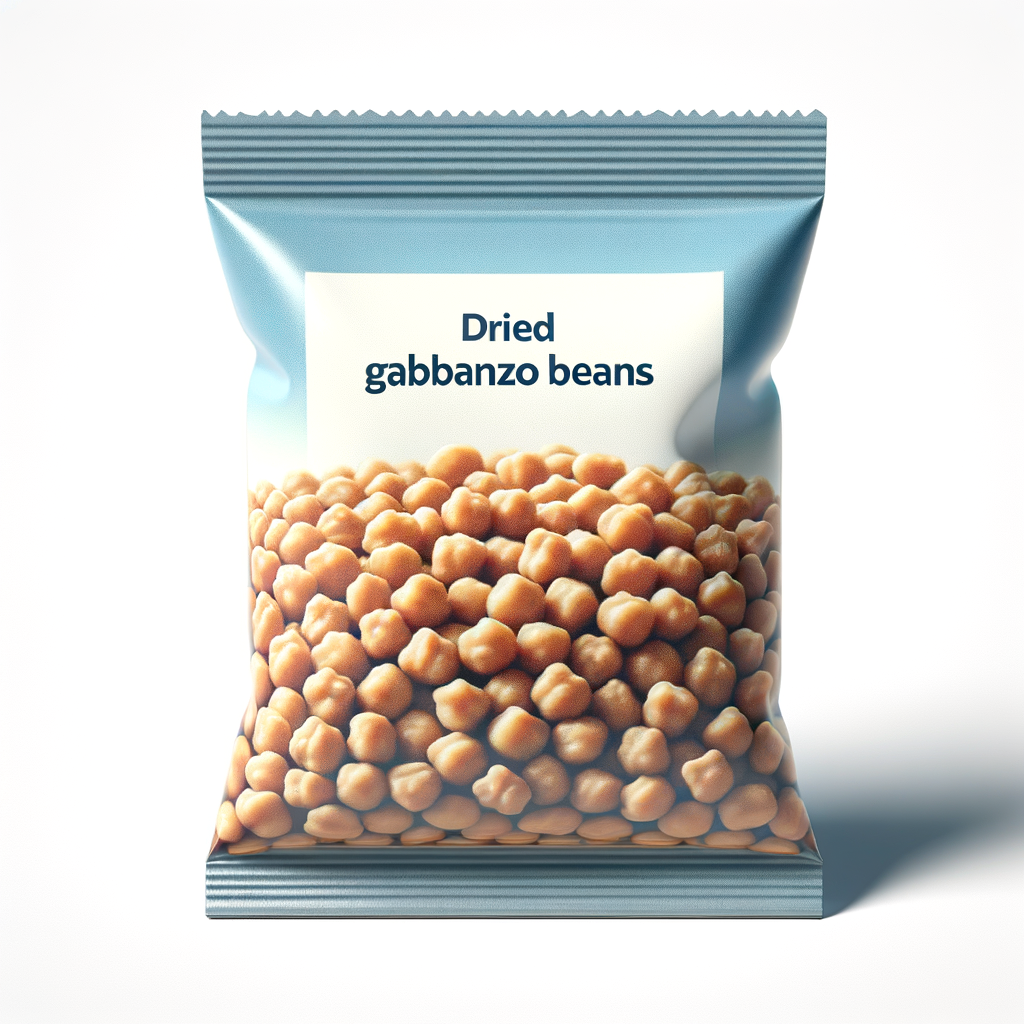
Dried Garbanzo Beans

Mayocoba Beans

Dried Lima Beans

Light Red Kidney Beans

Pink Beans

Bean Blend

Black Beans

Cannellini Beans

Cranberry Beans
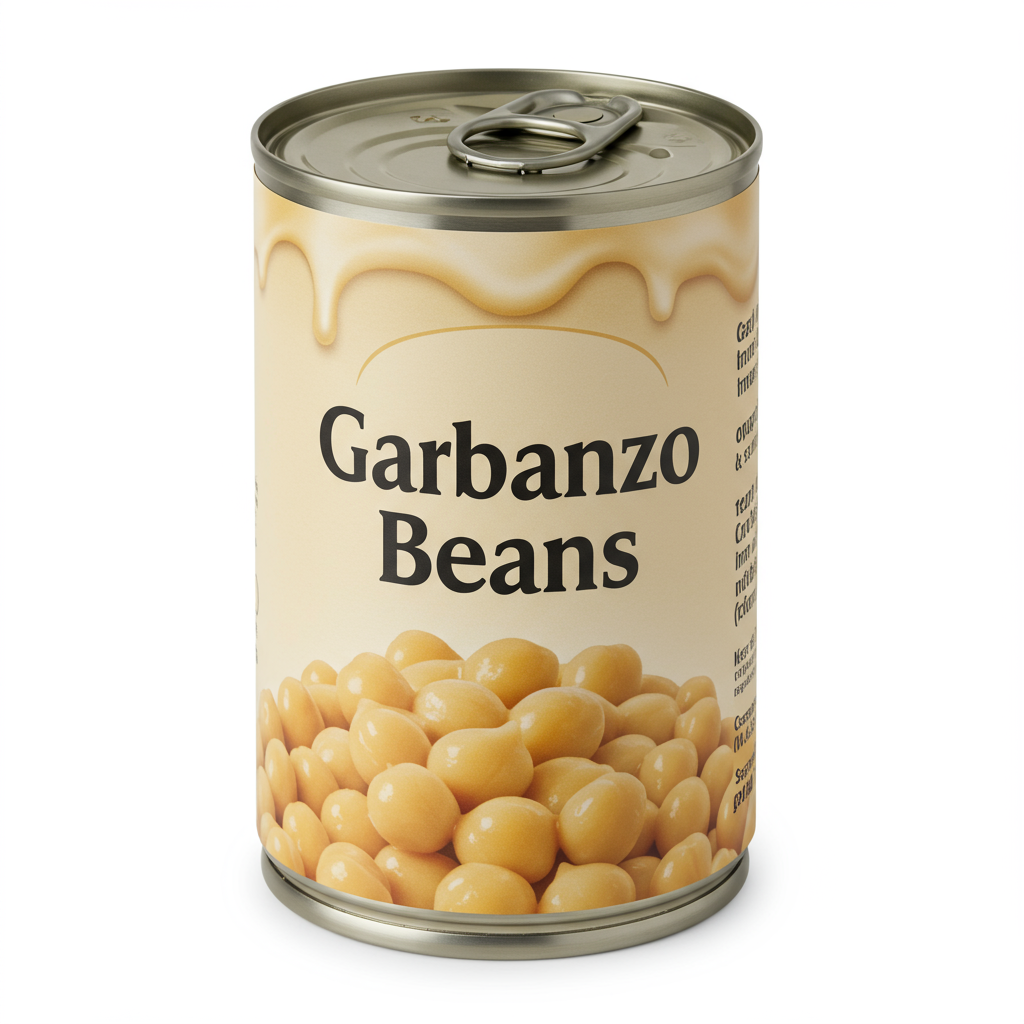
Garbanzo Beans
See All
Health Info
Macros
123g
CARBS
5g
FAT
17g
PROTEIN
Allowed on these diets
LOW FAT
HIGH CALCIUM
VEGETARIAN
MEDITERRANEAN
LOW CARB
VEGAN
LACTOSE FREE
GLUTEN FREE

